10 largest cities in Africa

The population and urbanization rate in Africa are increasing simultaneously. This leads to the expansion of existing cities and the emergence of new urban areas.
Africa’s population is expected to double by 2050 and reach more than 2 billion people.
Below is a list of the 10 largest African cities in terms of population and growth rate.
10 largest cities in Africa
1. Cairo, Egypt – 24,440,000 inhabitants
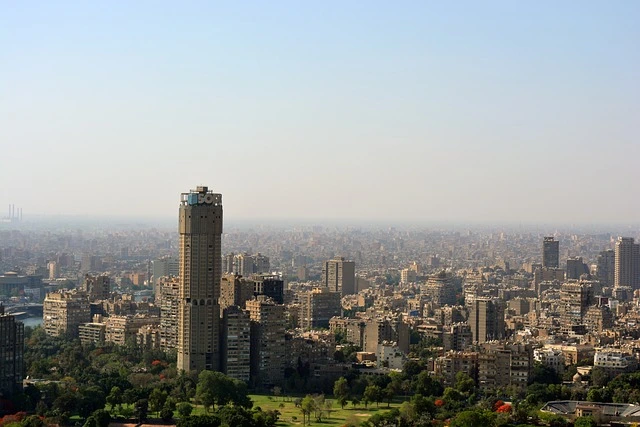
Cairo is the capital of Egypt and the most populous city in Africa. It is located near the Nile Delta in central Egypt and is renowned for its historical culture dating back to ancient Egypt.
This megacity contains historical sites, such as the Pyramids of Giza and the Valley of the Kings, both UNESCO World Heritage Sites.
The bustling souks are full of treasures to discover, adding a touch of life to this bustling capital. The cherry on top is Cairo’s delicious cuisine, with its famous shawarma and koshari to delight your taste buds. It is an important hub for business, finance, and trade.
2. Lagos, Nigeria – 23,000,000 inhabitants

Nigeria’s economic capital, Lagos, is located on the west coast and is the most populous city in Nigeria. With over 20 million inhabitants, Lagos is Nigeria’s financial and commercial center.
Lagos is also home to the largest port in Nigeria.
The wild Lagosian night between trendy clubs and exotic concerts always promises new discoveries.
3. Johannesburg, South Africa – 14,700,000 inhabitants
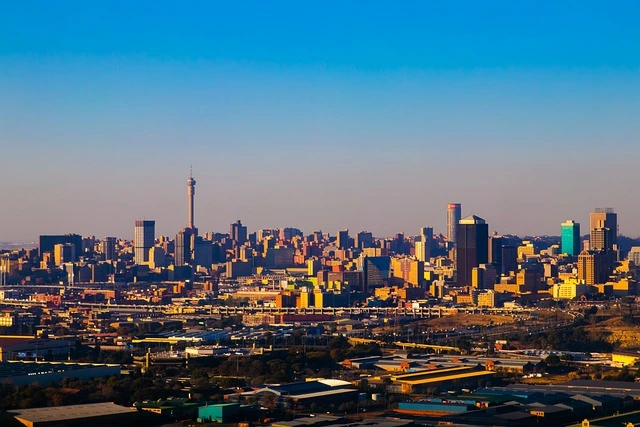
Johannesburg is the largest city in South Africa and the financial heart of the country. Most international companies and banks are located in the city. It is home to the University of Johannesburg and the University of the Witwatersrand.
This region of southern Africa combines the vibrant energy of Johannesburg with the haughty tranquility of the capital, Pretoria.
Here, you can discover the magnificent landscapes of the Highlands before strolling through museums that tell the story of the country’s troubled history. Of course, it is impossible not to visit the township of Soweto to grasp the roots of the fight against apartheid.
4.Kinshasa, Democratic Republic of Congo: 17,032,322 inhabitants
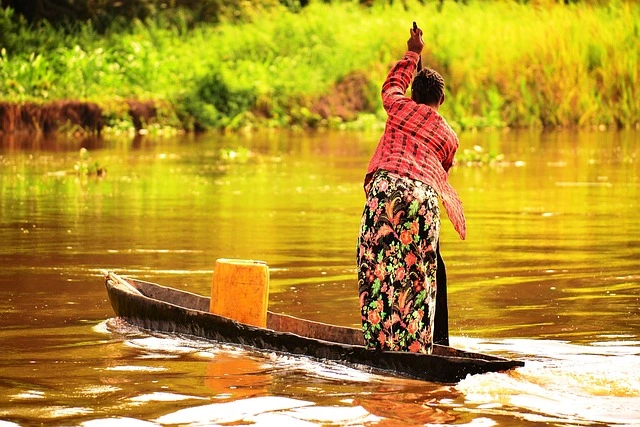
Kinshasa, formerly Léopoldville, is the capital and largest city of the Democratic Republic of the Congo, which is also the economic center. The country is bordered by the Republic of the Congo, Central African Republic.
Once a site of fishing and trading villages along the Congo River, Kinshasa is now one of the world’s fastest-growing megacities.
The splendid Kinshasa still bears the marks of its glorious Belgian colonial past. Its shaded boulevards hide an unmatched bustle and music.
Life flows to the rhythm of the Congo River; witness the dark hours and rebirths of this wounded country. We soak up its rich culture by exploring the crowded neighborhoods of the capital.
5. Luanda, Angola – 9,165,000 inhabitants
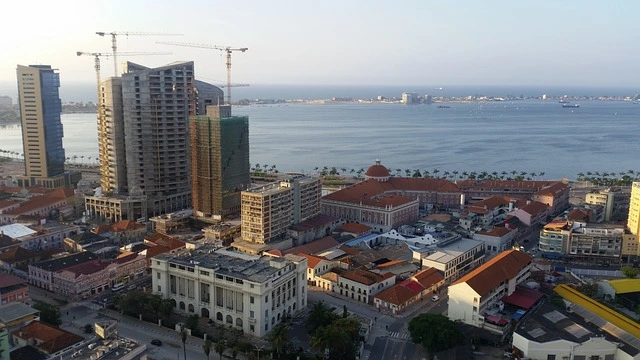
Luanda is the capital of Angola and the largest city in the country. The Port of Luanda contributes greatly to the city’s economy. The government and the headquarters of major companies are located in the city.
Luanda, a sprawling city perched on the Atlantic coast, fascinates with its duality between ostentatious wealth and extreme poverty.
The fine sandy beaches at the city gates invite us to relax after a sporty exploration of this country in full reconstruction.
6. Khartoum, Sudan – 8,524,000 inhabitants

Khartoum is the capital of Sudan. Khartoum is located at the confluence of the Nile River. The city is the headquarters of Sudan’s banking, commercial, and manufacturing activities.
At the convergence of three civilizations, Khartoum offers a fascinating spectacle of the encounter between Arab and African cultures in its bustling souks and majestic mosques.
The verdant expanses of its palm groves, a striking contrast to the ochre hues of the surroundings, offer a breathtaking view.
Here, history is omnipresent, recalling both the dark hours and the moments of hope that marked this strategic crossroads.
7.Algiers, Algeria – 7,800,000 inhabitants

Algiers is the largest city and the capital of Algeria. It is located on the Mediterranean Sea and is the country’s economic capital.
Algiers the White charms with its unique architectural heritage, resulting from the fusion of Muslim and Mediterranean cultures.
Its hills, lined with sumptuous villas, evoke an opulent past. The Casbah and its labyrinthine medina are full of treasures to discover during long walks.
The surrounding fine sandy beaches invite you to relax after this captivating rediscovery.
8. Nairobi, Kenya – population 7,500,000
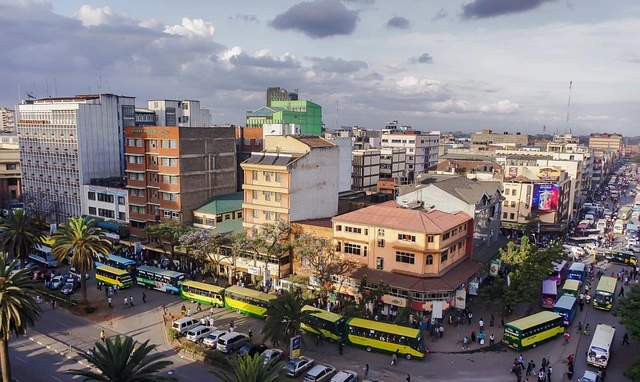
Nairobi is the capital of Kenya. Many international companies and organizations have their headquarters in the city, including the United Nations Environment Programme (UN Environment) and the United Nations Office at Nairobi (UNON).
Nairobi vibrates to the rhythm of modern Africa. In its bustling arteries, ultramodern skyscrapers mingle with traditional Kenyan villages.
Nature is omnipresent, from wild parks to the surrounding hills. We recharge our batteries in the cosmopolitan districts, where the heart of the hustle and bustle of the “safari capital” beats. The memories from this teeming city remain forever etched in our memories.
9. Dar es Salam, Tanzania – 5580 000 habitants
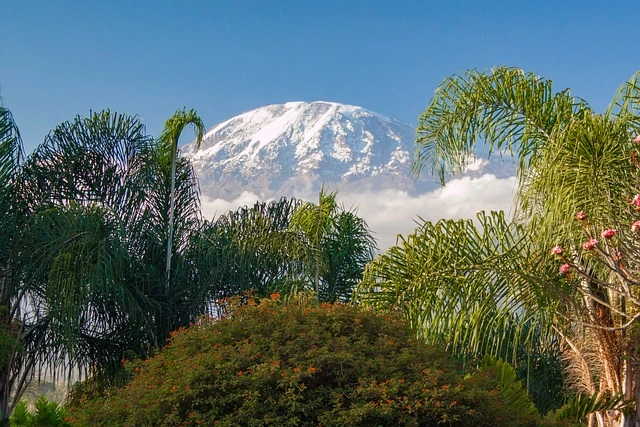
Dar es Salaam is the largest city in Tanzania. Although the capital is Dodoma, many government offices and embassies are located there.
The Port of Dar es Salaam is the main contributor to the city’s economy. The city thrives on import, distribution, export, and trading activities.
As the gateway to East Africa, Dar es Salaam fascinates with its rich cultural heritage, which merges Swahili, Arab, and European influences.
Its lively corniche, ochre mosques, and vibrant neighborhoods are full of captivating stories to explore during impromptu walks. Further north, the heavenly beaches of Zanzibar are definitely worth a visit to relax after this unmissable stopover.
10. Accra, Ghana – 5,400,000 inhabitants
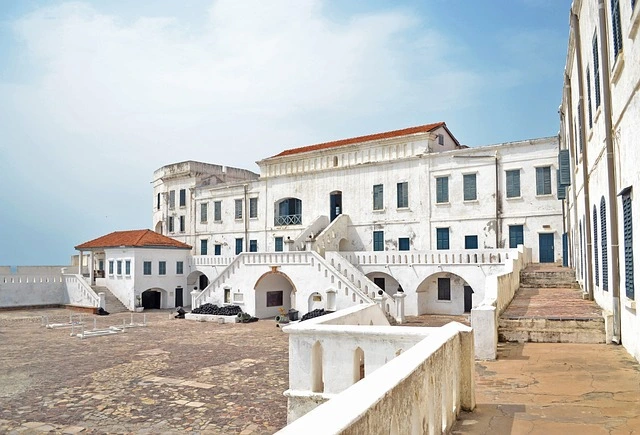
Accra is the capital of Ghana and the most populous city. It is home to ministries, banks, businesses, and non-governmental organizations. The city is also very close to the port of Tema.
Accra, a bustling city in the heart of Ghana, fascinates and transports. Its vibrant markets, where bargaining is the order of the day, rub shoulders with the sparkling business district.
However, it is in its many parks that one can recharge one’s batteries, with the nearby oceans as a backdrop. The country’s human warmth and cultural richness make Accra an essential stop in West Africa.




